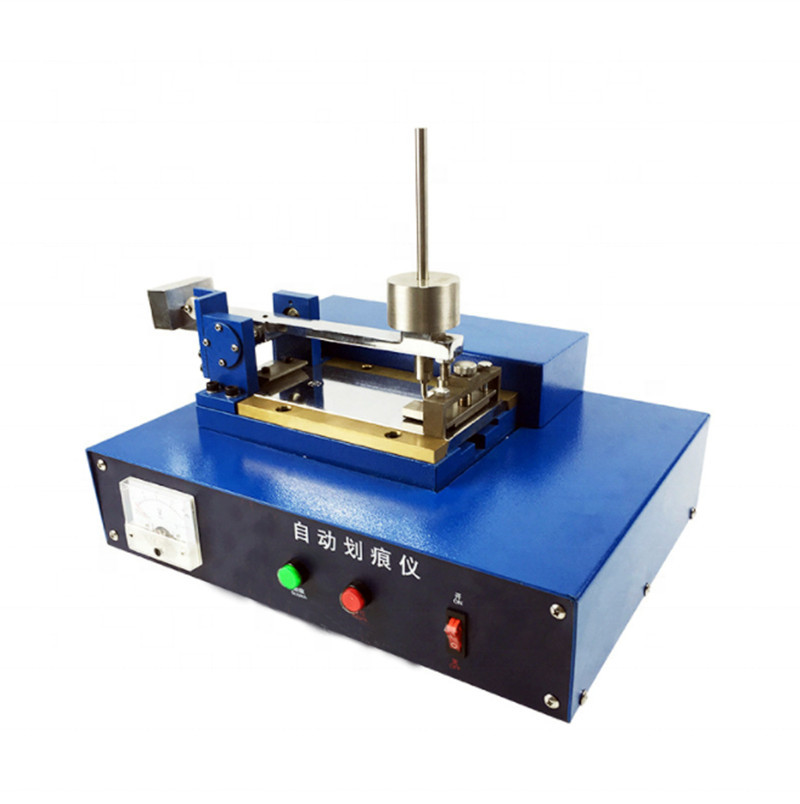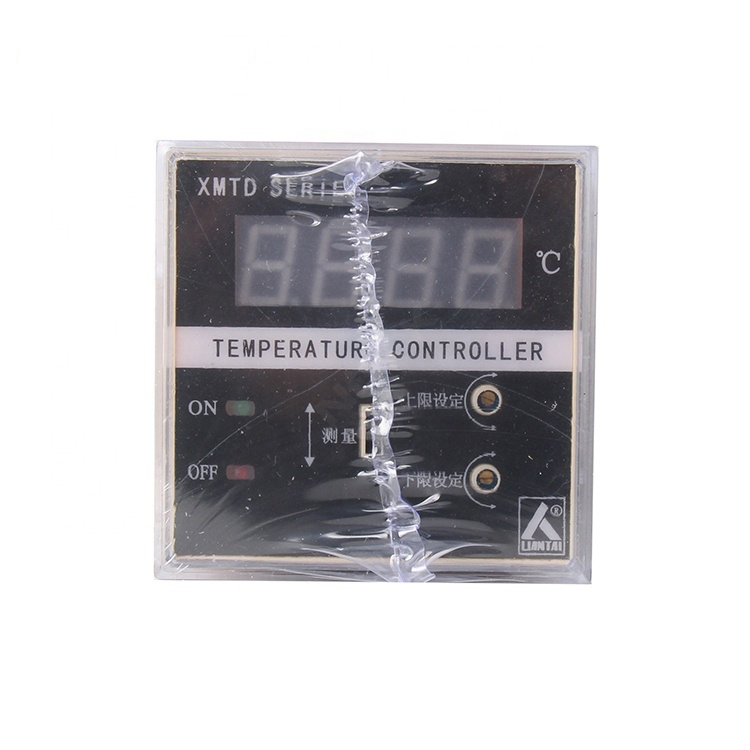Charpy testing is a method for determining the relative impact strength of metals. It is also known as the Charpy V notch test. This testing method was developed in the 1940s by S.B. Russell and G. Charpy.
Image Credit: bartu/Shutterstock.com Impact Drop Test Machine

This is a standard method for testing the impact strength of a component containing a stress concentration. Several methods can be used to characterize a material’s toughness, but the Charpy and Izod tests are the most common. The Charpy test determines the amount of energy absorbed by the material during fracture.
The energy absorbed by the material gives a measure of its toughness and facilitates the study of the temperature-dependent ductile-brittle transition. This article will discuss the benefits of the method and how to Charpy test steel and other metallic products.
The setup needed for Charpy testing consists of a rectangular beam of metal to be tested, notched in the center, and placed between two supports in the testing machine. Notches are usually V-shaped, but in special cases can be U-shaped. The notch is a predetermined breaking point, generating triaxial stress.
A swinging pendulum then breaks the metal beam, and the total energy absorbed by the metal is determined by comparing the height to which the pendulum rises after impact and the height from which it was dropped. This testing method is conducted under precisely defined conditions.
From this energy calculation, a metal's notch toughness can be found, which in turn enables the tester to study the ductile-brittle transition. Very brittle specimens break with next-to-no deformation, requiring low deformation energy. Meanwhile, with tougher material specimens, higher deformation energy is required.
The transition from brittle to ductile behavior occurs over a certain temperature range, which is different for different metals. The Charpy impact test can adequately detect this brittle-toughness transition temperature, providing key data on the material’s limits of use.
It must be noted, however, that the Charpy test is less useful for comparing the toughness of different metals but is more suited to providing information on the behavior of a single material at different temperatures.
Benefits of the Charpy test include:
Industrial products must be able to withstand different environments, climactic conditions, stress and load conditions, and wear over their lifetime. Therefore, it is vital that metallic products be tested thoroughly before being used.
Some of the primary application areas of the Charpy test include:
Materials such as ferritic steels, which have a bcc structure, and materials with a hex structure become brittle at low temperatures. Their toughness is highly dependent on temperature. The Charpy impact test is highly useful for determining the operational parameters of these materials.
The Charpy test can also be used to evaluate structural conditions and heat treatments of materials such as ferritic steels. Furthermore, this test can be used to determine the impact of aging in structural materials.
Therefore, the Charpy test is useful for determining and verifying:
This testing method can also be used to verify the pendulum impact tester’s energy capacity itself.
It is important to Charpy test steel and other metallic products to determine their toughness and other critical material factors, such as the effect of heat treatments and aging. However, notch impact energy cannot be used to assess material fracture energy alone. Other parameters must be evaluated to produce a complete picture.
More from AZoM: Comparison of Mechanical Properties of Gray and Ductile Iron Castings at Room Temperature
Tec-Science (2018) Charpy impact test [online] tec-science.com. Available at:
https://www.tec-science.com/material-science/material-testing/charpy-impact-test/
Do you have a review, update or anything you would like to add to this article?
In this interview, AZoMaterials speaks with Knauer about project management capabilities in OEM, customization abilities, as well as what makes Knauer OEM solutions unique.
Andrea Steck, Martius Cobo, Bruno Chencarek
In this interview, join Bruker as they describe how to improve battery production and performance, through the entire value chain, with the help of NMR.
In this interview, Sara Speak, the Industrial and Environmental Product Application Specialist at Veolia Water Technologies & Solutions, talks to AZoMaterials about the current challenges the food and beverage industry (F7b) faces in water management.
The VectorExtensometer U70 is for single variable gage length measurement.
The TempCHEK is a calibrated shrinkage device for precise heat-work measurement.
The Wafer XRD 300 is a integratable wafer Ooientation solution
The global semiconductor market has entered an exciting period. Demand for chip technology is both driving the industry as well as hindering it, with current chip shortages predicted to last for some time. Current trends will likely shape the future of the industry, which is set to continue to show
The primary distinction between graphene-based batteries and solid-state batteries lies in the composition of either electrode. Although the cathode is commonly changed, carbon allotropes can also be employed in fabricating anodes.
In recent years, the IoT is rapidly being introduced into almost all sectors, but it has particular importance in the EV industry.
AZoM.com - An AZoNetwork Site

Benchtop Environmental Chamber Factories Owned and operated by AZoNetwork, © 2000-2024